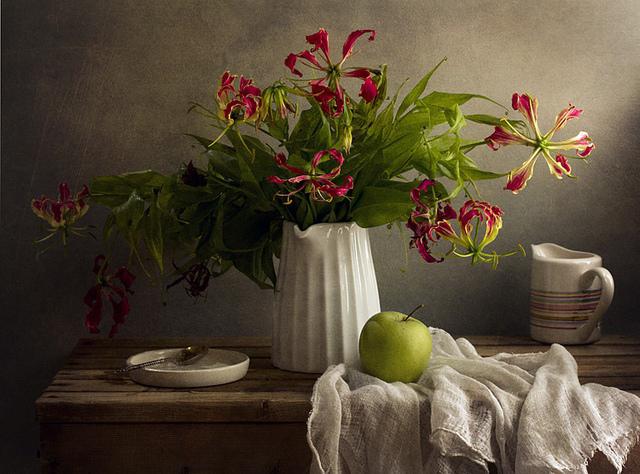There are no trifles in professional photography. No matter how fresh and good the model is, an improperly built light can make the sullen Yaga out of it. Perfect in terms of composition, the still life will become mediocre and distorted due to improper operation with the flash. What can we say about superfluous objects in the frame, the wrong shutter speed, cluttered background? But if white balance, color grading, and littered horizon can easily be fixed in a graphical editor, then you should be more careful with the background. Of course, even a novice photo artist can easily transfer the subject to any background you like, but in this case the picture loses some vibrancy and dynamism. In addition, not every shooting involves subsequent deep post-processing, so the real find, especially for a novice photographer, can be a mobile plain background for portrait and subject shooting.
What is a background?
Most often, photographers working in studios use backgrounds. The price of professional backgrounds is quite high. But it’s very convenient to use them. There are many options: rolls, frames, stretch fabrics, curtains ... The task of the background is to emphasize the merits of the subject, to show it from the best side, without distracting attention from it. The background can harmonize in color with the object or, on the contrary, create a favorable contrast.
Monochrome background do it yourself? Why not!

For those who have just embarked on the path of the photographer and began to assemble a fleet of equipment, there is no need to waste extra money. In addition, you can make a solid background for the photo yourself. Moreover, some professionals quite successfully use home-made backgrounds. For example, a paper roll can be used as a background. The main thing is that its width is enough to solve creative problems. A roll of non-woven wallpaper (its width is 1.1 m) may well come up. Carrying the entire roll is not necessary - it is better to cut off the strip of the desired length. You can fix such a background to the wall with the help of small nails. Such a background can be of almost any color, moreover, not only monophonic, but also variegated. In addition to paper, fabric is often used. A smooth satin is perfect for the background. But, for example, coarse matting has its own charm and can very well be used to solve various creative tasks.
Background color features
Do not think that having bought a lot of cuts of wallpaper or fabric, any beginner will be able to take his work to a new level. For example, a white monophonic background very often looks gray in the finished picture. Gray is a great color, and it’s also very popular, but if you need white, you’ll have to try and direct extra light to the background. Black canvases are perfect for shooting in a low key, and they also make portraits of fair-haired people, especially in light-colored clothes, good at them. When photographing food and gourmet dishes, the black background is also used quite often: noble red fish, snow-white desserts, varietal wine in crystal look expressive and expensive on deep black. But when working with black it is necessary to build light no less carefully: sometimes the object needs additional highlighting.
Colored backgrounds are no less interesting. For example, a green monophonic background is ideal for subject photography, but in portrait photography it is better not to risk it, since sometimes it can give the face an unhealthy shade. On light pastel shades, portraits of children are excellent, and deep dark tones are well suited for expressive macro photography.